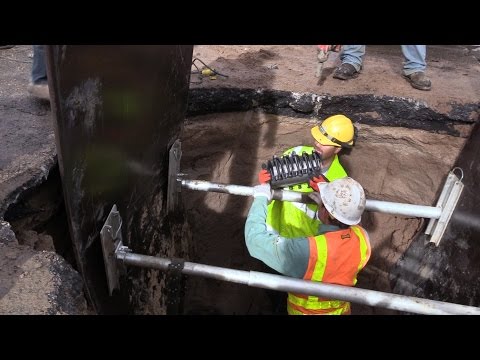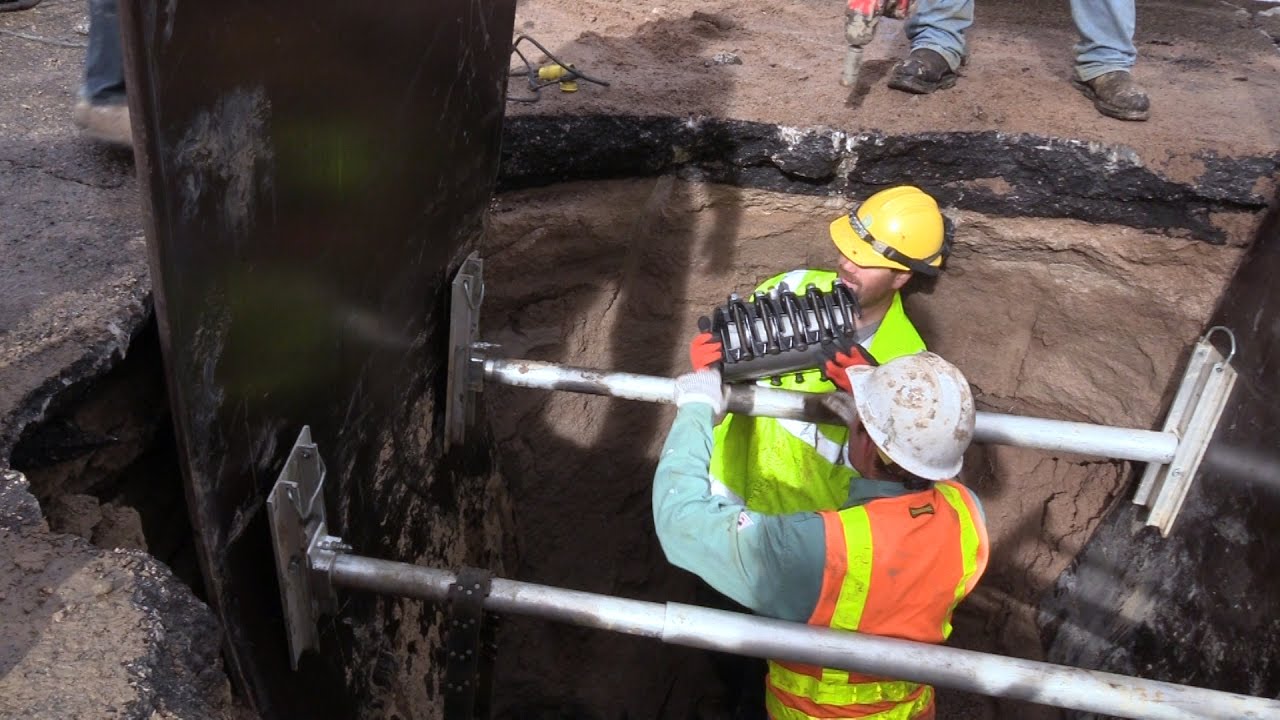Discover the essential steps to take immediately after a water main break in this comprehensive guide. When faced with the aftermath of such a disruptive event, it’s crucial to act swiftly to minimize damage and ensure the safety of your property. From assessing the extent of the leak to contacting the relevant authorities, we cover all the necessary procedures to help you navigate this challenging situation with confidence. Additionally, we provide expert tips on how to safeguard your belongings, mitigate further water damage, and restore normalcy as quickly as possible. By following our advice, you can prevent potential long-term consequences and protect your investment. Don’t let a water main break leave you feeling overwhelmed—empower yourself with knowledge and take control of the situation. Trust us to guide you through this unexpected event and equip you with the information you need to make informed decisions. Stay prepared, stay proactive, and ensure the well-being of your property with our comprehensive post-water main break protocol.

What to Do After a Water Main Break
| Step | Description |
|---|---|
| 1 | Immediately report the water main break to your local water utility company. Provide them with accurate information such as the location of the break and any visible damages. |
| 2 | Turn off your home’s main water supply valve to prevent further water damage and flooding. This valve is usually located near your water meter. |
| 3 | Avoid using any electrical appliances or devices until you receive an official confirmation from the water utility company that it is safe to do so. Water and electricity can be a dangerous combination. |
| 4 | Follow any instructions or guidelines provided by the water utility company. They may advise you to boil tap water before use or to temporarily use bottled water until the water main break is repaired. |
| 5 | Check your property for any signs of water damage, such as damp walls, standing water, or unusual odors. If you notice any, document the damage with photographs and contact your insurance provider to initiate the claims process. |
| 6 | Once the water main break is repaired, flush your home’s plumbing system by running all cold water faucets for several minutes. This will help remove any sediments or contaminants that may have entered the pipes during the incident. |
| 7 | Consider having a professional inspect your home’s plumbing system to ensure it was not compromised by the water main break. They can identify any potential issues and recommend necessary repairs or replacements. |
Title: “Behind the Floods: Unraveling the Mystery of Water Main Breaks”
What to Do After a Water Main Break
A water main break can cause significant damage to homes, businesses, and infrastructure. It is crucial to take immediate action to minimize the impact and ensure the safety of everyone involved. This article will outline the necessary steps to follow after a water main break.
Assess the Situation
1. Ensure Safety First: The first and most important step is to prioritize safety. If you notice a water main break, immediately alert others in the area and keep a safe distance. Water can be powerful, and it may cause the ground to become unstable or create hazardous conditions. Always prioritize the safety of yourself and others.
2. Identify the Location: Once you have ensured everyone’s safety, try to locate the source of the water main break. This will help you determine the severity of the situation and aid in the subsequent steps. Pay attention to any visible signs, such as water gushing out from the ground or pavement.
Contact the Appropriate Authorities
3. Notify Local Water Department: After identifying the water main break, contact your local water department or utility company to report the issue. They are responsible for maintaining the water infrastructure and will dispatch a crew to assess and repair the damage. Provide them with accurate information about the location and severity of the break to expedite the response time.
4. Inform Emergency Services: Depending on the extent of the water main break, it may be necessary to involve emergency services. If the water poses a risk to the public, such as flooding or compromising road safety, contact the appropriate emergency services, such as the fire department or local authorities. They will coordinate additional support and ensure public safety.
Protect Your Property
5. Mitigate Water Damage: While waiting for the water department to arrive, take immediate steps to protect your property from further damage. If the water is entering your home or business, shut off the main water supply to prevent additional flooding. Move valuable items to higher ground or a safe area to minimize water damage. If necessary, use sandbags or barriers to divert the water away from vulnerable areas.
6. Document the Damage: It is essential to document the water main break and its impact on your property for insurance purposes. Take photographs or videos of the affected areas, noting any visible damage or losses. This evidence will help support your insurance claim and assist with the recovery process.
After the Water Main Break
7. Follow Instructions: Once the water department arrives, follow their instructions diligently. They will assess the situation, determine the appropriate course of action, and inform you of any necessary steps you need to take. Cooperating with their instructions will ensure a smooth and efficient resolution to the water main break.
8. Seek Professional Assistance: After a water main break, it is advisable to consult with professionals, such as plumbers or water damage restoration companies. They can assess the extent of the damage, identify any underlying issues, and provide guidance on the necessary repairs or remediation. Their expertise will help ensure that your property is restored to its pre-damage condition.
Conclusion
In the event of a water main break, taking immediate action is crucial. Prioritize safety, notify the appropriate authorities, and protect your property from further damage. By following these steps and seeking professional assistance, you can navigate the aftermath of a water main break more effectively and minimize the impact on your property and well-being.
Steps to Take After a Water Main Break:
Frequently Asked Questions
What should I do after a water main break?
1. Turn off the main water supply: Locate the main water shut-off valve and turn it off to stop the flow of water. This will help prevent further flooding and damage.
2. Assess the damage: Inspect your property for any signs of water damage, such as standing water, wet walls or ceilings, and damaged belongings. Take photos or videos of the damage for insurance purposes.
3. Contact your water utility company: Report the water main break to your local water utility company. They will dispatch a crew to assess and repair the break.
4. Clean up and dry out: Remove any standing water using pumps or wet vacuums. Use fans and dehumidifiers to dry out the affected areas. Dispose of any damaged items that cannot be salvaged.
5. Document the damage and file an insurance claim: Contact your insurance provider to report the water damage and initiate the claims process. Provide them with the documentation of the damage, including photos, videos, and any receipts or estimates for repairs.

